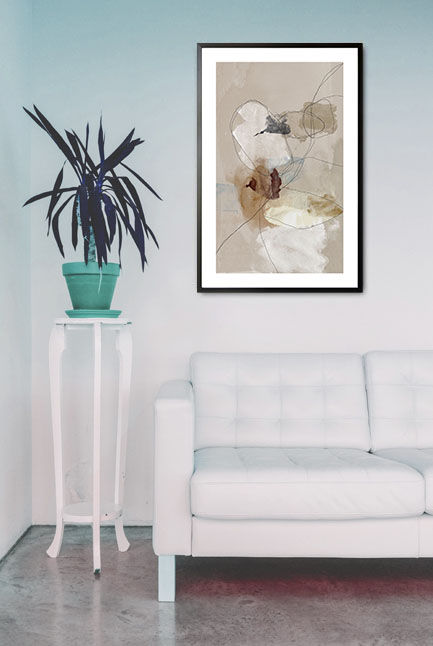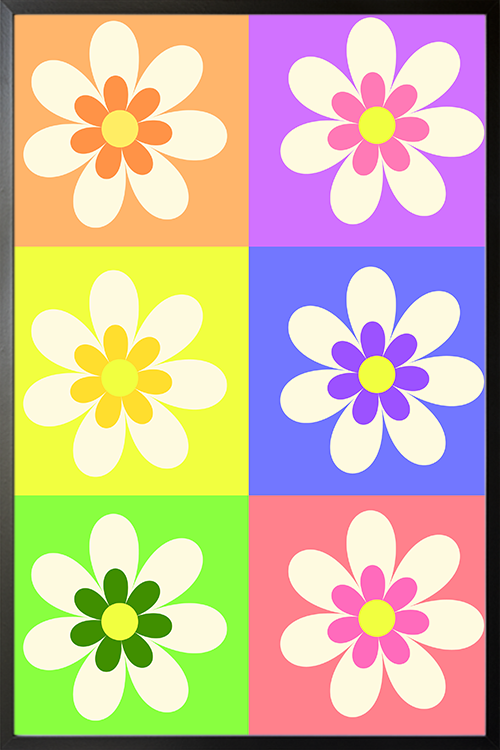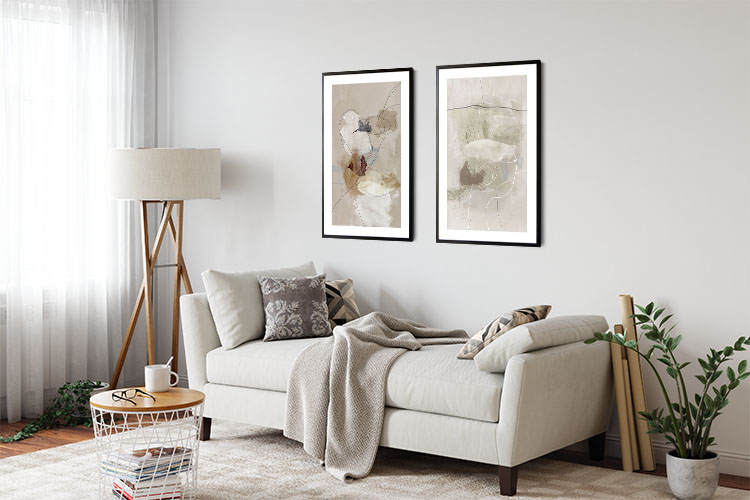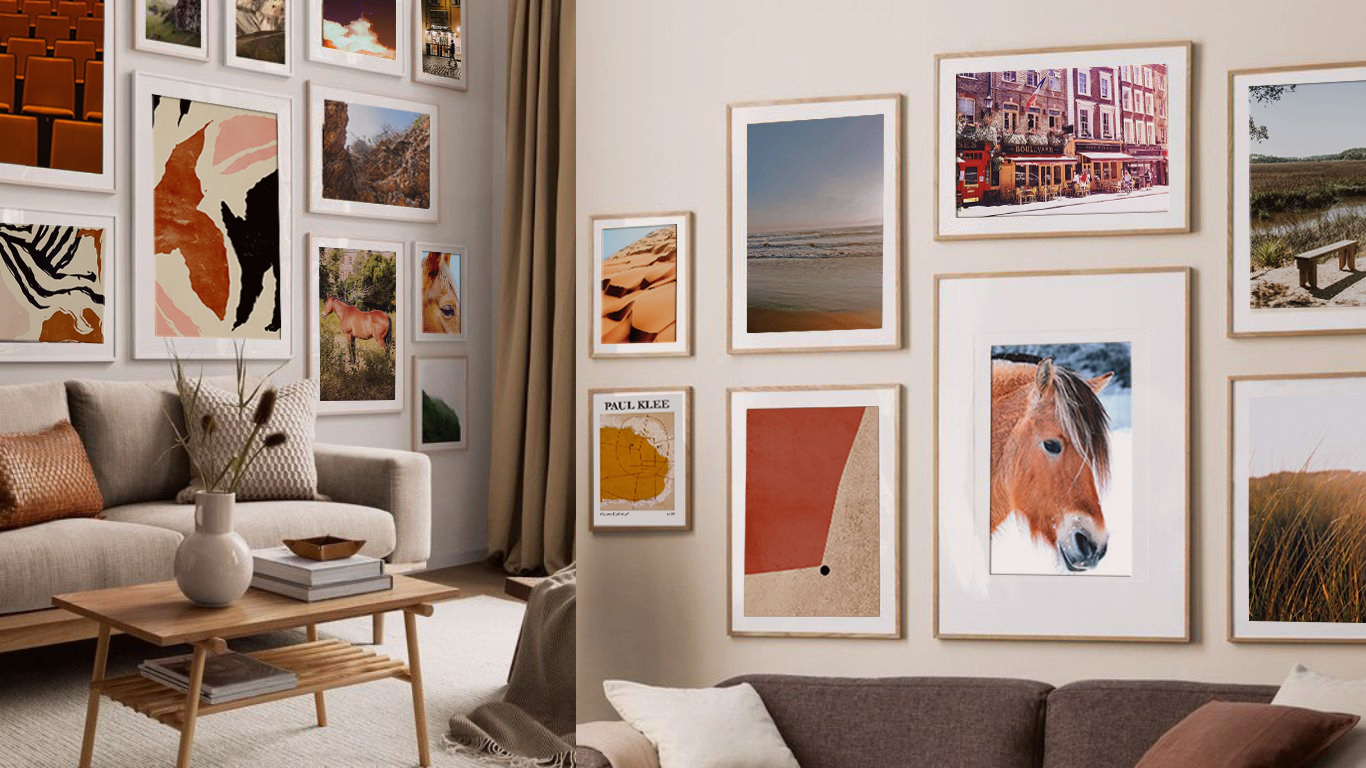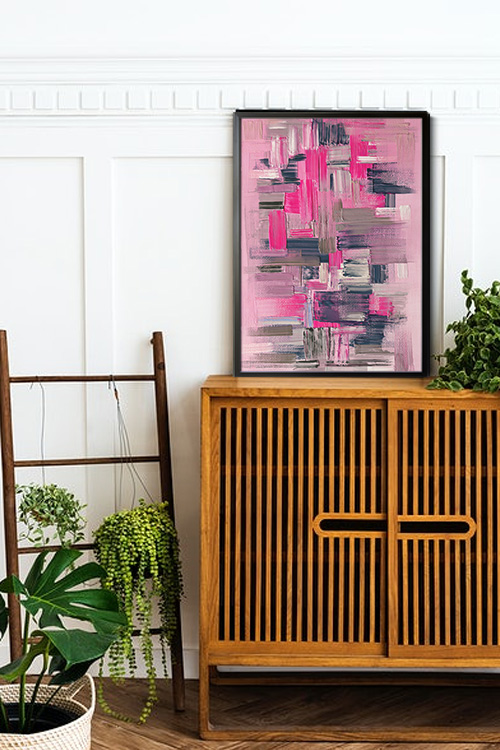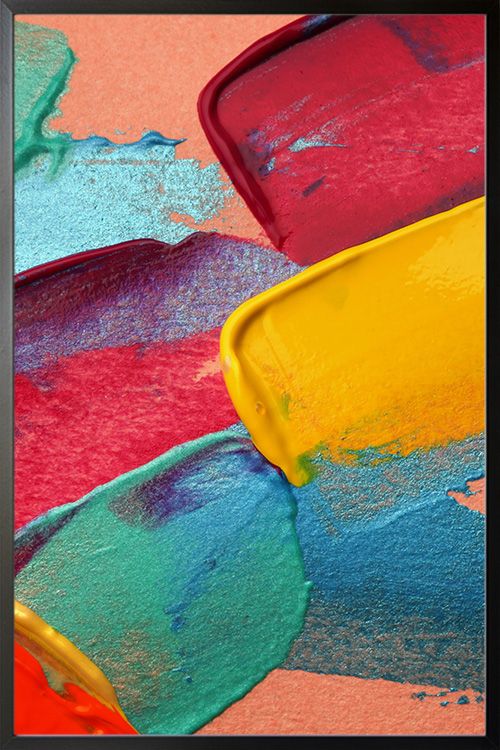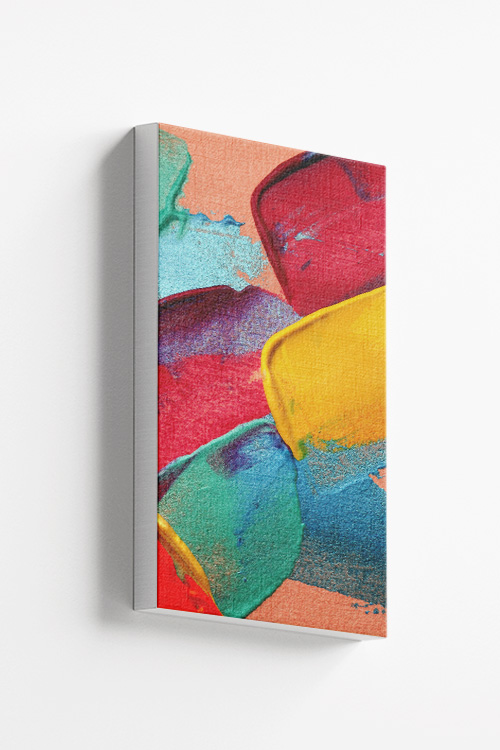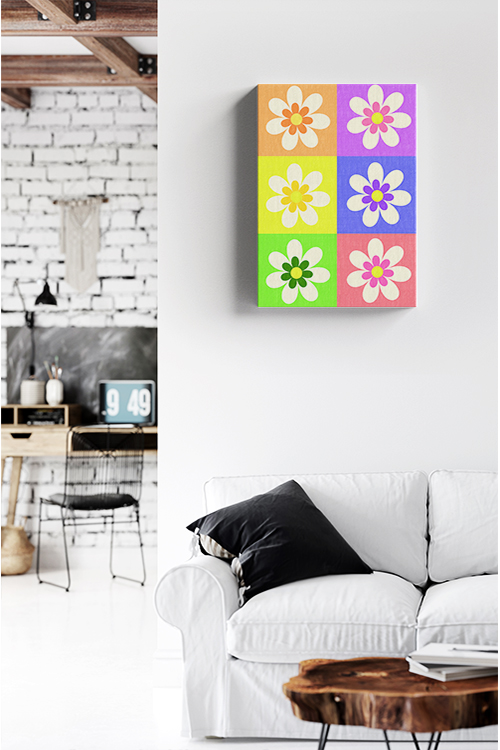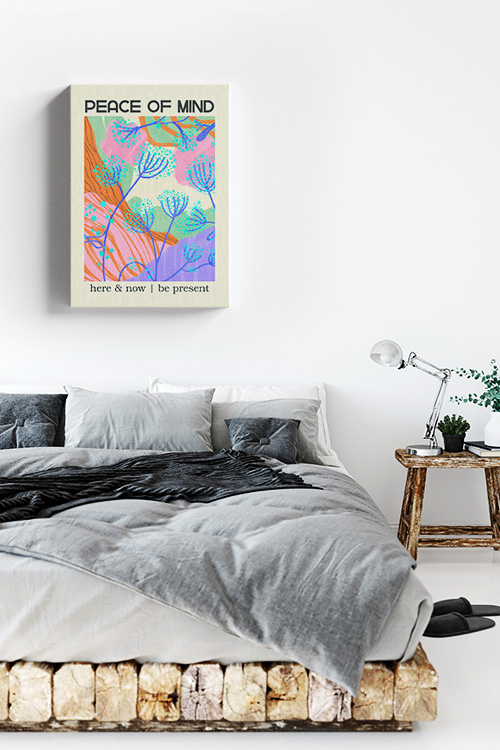
A luxurious bedroom isn’t just about expensive furniture or high-end materials–it’s about creating a space that feels intentional, elegant, and uniquely yours. One of the most effective and accessible ways to elevate your bedroom’s aesthetic is through art prints. Whether drawn to modern minimalism or classic glamour, the right art can instantly transform your space into a refined sanctuary. Here’s how to create a luxurious bedroom using art prints.
Choose a Theme or Mood
Before selecting art prints, define the mood you want for the bedroom. Do you want a serene, spa-like atmosphere? Or are you going for something bold and dramatic? Your chosen mood will guide your selection. Soft abstract pieces or nature-inspired prints evoke tranquility, while high-contrast photography or vivid pop art adds drama and sophistication.
Focus on Quality Over Quantity
Luxury often comes from restraint. Instead of crowding every wall with art, go for fewer, high-impact pieces. Invest in good-quality prints with crisp resolution, and elevate them with beautiful frames–think metallic finishes, sleek black, or classic wood. A well-framed art print can rival an original painting in visual impact, making you feel discerning and sophisticated.
Create a Statement Wall
A statement art wall behind your bed can be a stunning focal point. Large-scale prints or a symmetrical grid of smaller ones can instantly elevate the space. Choose art that ties in with your bedroom’s color palette to maintain cohesion or contrast tones to add depth and drama.
Mix and Match Styles
Don’t hesitate to mix different art styles–combining modern abstract art with traditional landscape paintings, or photography with illustration–can create a layered, curated look. Maintaining a consistent color scheme or thematic thread to unify the pieces is key. This adds visual interest while keeping the room polished and harmonious.
Consider Placement and Proportion
Where you place your art is just as important as the art itself. Hang prints at eye level or above furniture lines to balance the room. Oversized prints work well above headboards or dressers, while smaller prints are perfect for bedside walls or gallery-style arrangements.
Add Depth with Lighting
Highlight your art prints with intentional lighting. Picture lights, wall sconces, or subtle spotlights can make your artwork stand out while adding a soft glow to the room. Lighting adds dimension and drama, two key elements of a luxurious design, inspiring and intriguing you with its transformative power.
Personalize with Meaningful Pieces
Luxury does not mean impersonal. Include prints that reflect your taste, travels, or passions. Whether it’s a favorite quote in elegant typography, a vintage travel poster, or an art print by a local artist, these personal touches not only elevate your bedroom but also make it uniquely yours, adding a sense of connection and individuality.
Keep it Cohesive
Your art should complement the rest of your decor. For instance, if your bedding has a hint of blue, consider choosing art prints with similar blue tones. Luxurious bedrooms often have a sense of harmony and flow; coordinating your artwork with other decor elements helps create that seamless experience.
In a Nutshell
Art prints are a powerful way to inject luxury, personality, and sophistication into your bedroom without requiring significant renovations or extravagant budgets. With thoughtful curation, elegant framing, and intentional placement, your bedroom can feel like a private gallery that inspires, soothes, and surrounds you with beauty.
